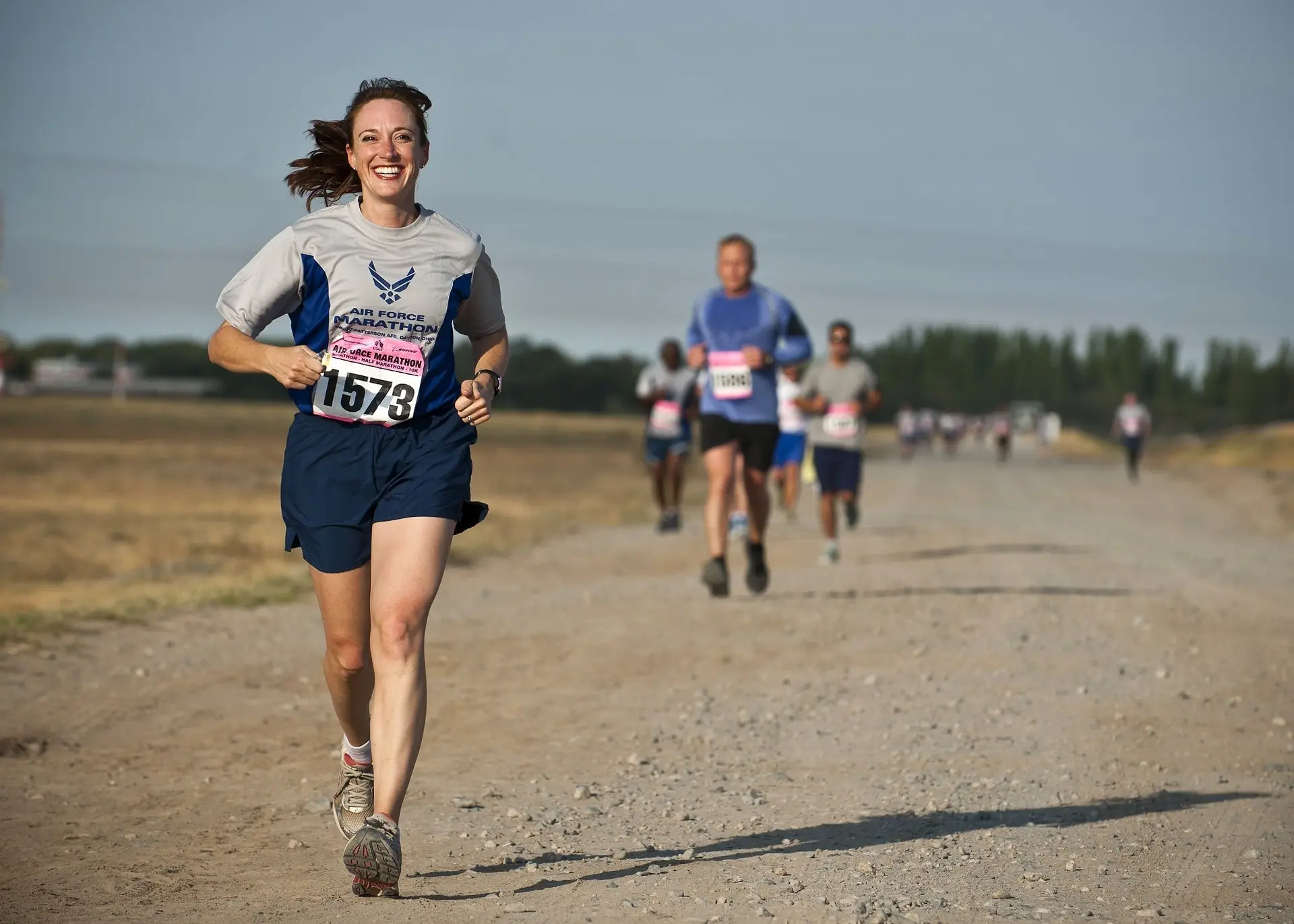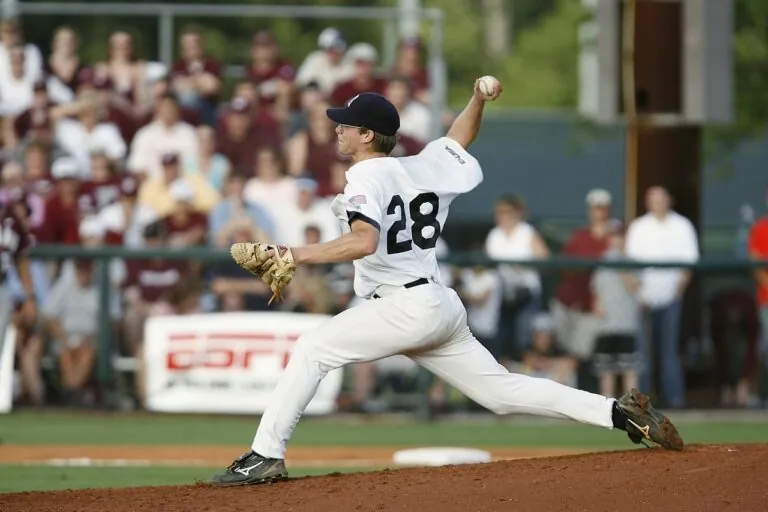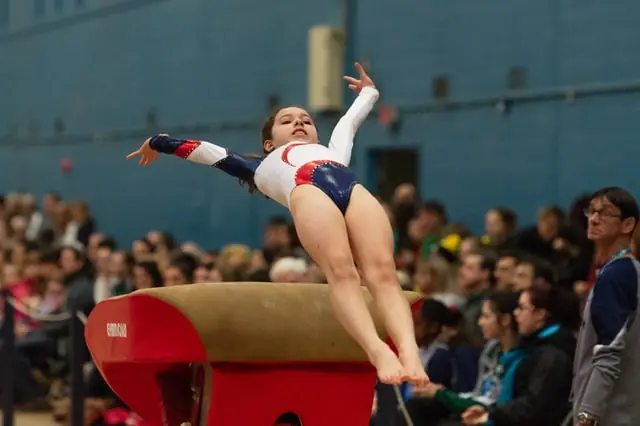Runner’s Knee: 10 exercises to help prevent and treat it
With the weather starting to warm up and the snow melting, people are dusting off their running shoes and getting back into an outdoor fitness regime.
Unfortunately, this is also the time of year our Banff Sport Medicine Physicians start to see more patients suffering from “Runner’s knee”, also known as Patellofemoral Pain Syndrome (PFPS) or Anterior Knee Pain (AKP).
PFPS is often described as a dull ache or pain behind the kneecap that is exacerbated by running downhill or squatting. It not only affects runners, but also people who play sports such as tennis, rugby, basketball and soccer.
According to the Patellofemoral Foundation, PFPS “….is the most common knee complaint seen in adolescents and young adults, in both the athletic and nonathletic population, although its incidence is higher in the athletic population. The prevalence is around 9% in young active adults.”
Whether you’re currently experiencing symptoms of PFPS or would just like to make a preemptive strike, there are exercises that research studies have found to be effective at reducing the risk of this type of injury as well as exercises that help alleviate symptoms.
These exercises focus on strengthening the muscles of the hips, knees, hamstrings and quadriceps 1-3.
The following exercises are great for both reducing the risk of injury as well as helping to alleviate symptoms.
Complete 6 to 8 of the following exercises at least 3 x a week:
Clamshells
Clamshells are extremely effective at strengthening the gluteal muscles and hip abductors. Lie on your side with your knees bent 45 degrees and on top of each other. Make sure your hips are stacked and your knees aligned. Place your arm under your head for support. Keeping your feet together, raise your top knee as high as you can without moving your pelvis. Pause, then return to the starting position. Start with one set of 10 repetitions, holding each lift for 5 secs. Increase the number of repetitions up to 20 on each leg.
Progression: use a resistance band placed just above your knees.
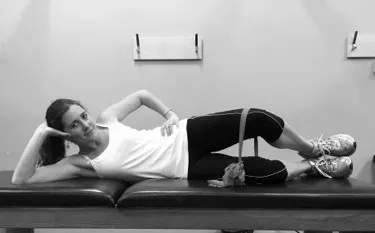
Squats
Squats help strengthen several muscles in the lower body including the glutes, quadriceps, hamstrings and abductors. Keep your feet hip width apart. Start the squat from the hips. Keep your knees aligned with your toes and your back straight. Squat as if you were sitting down onto a chair. Start with one set of 10 repetitions, holding each squat for 5 secs and increase the number of repetitions up to 30 with 15 sec holds.
Progression: use a resistance band around your thighs, just above your knees.
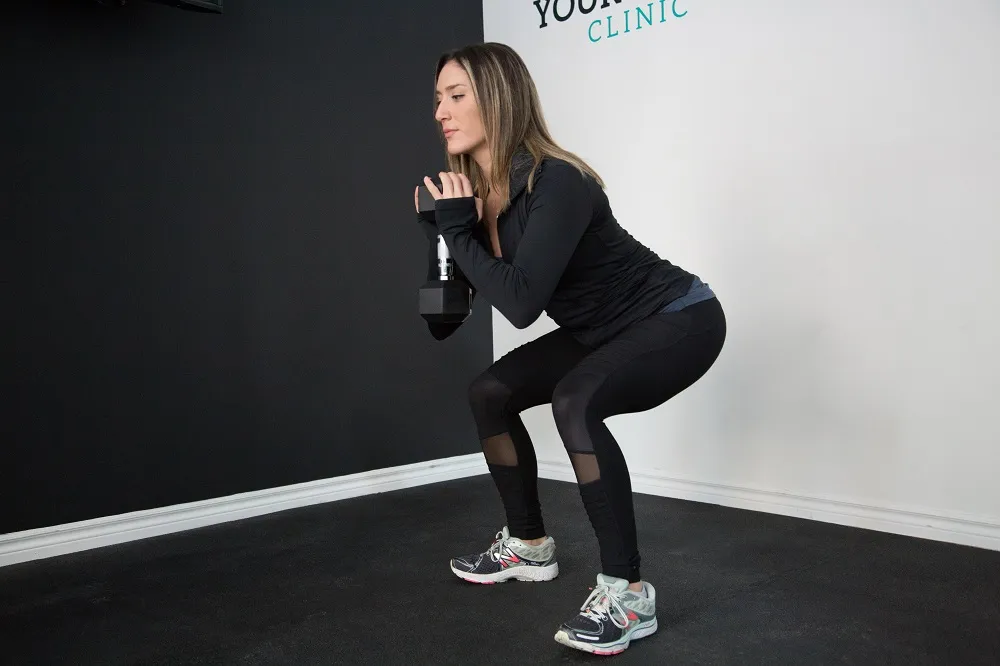
Heel raises
This exercise will help strengthen your calf muscles. Start with toes pointed ahead and raise up onto your toes. Use a wall for support. Start with one set of 10 repetitions, holding each raise for 2 – 5 secs. Increase the number of repetitions up to 30 with 5 sec holds.
Progression: Use no support for balance as able; or complete on a single leg.
Hip-abductor strengthening with band

This exercise will help strengthen the hip-abductor muscles, in addition to improving hip, knee and ankle control and balance. Stand with your feet shoulder-width apart with a chair or sturdy post to one side of your body. Loop a resistance band around the chair or post, as well as just above your opposite knee. Keeping your leg straight, raise your leg sideways slowly against the resistance of the band using the muscles in your buttock and hip. Return to the original position.
Start with 1 set of 10 repetitions and increase to 3 sets of 15 repetitions.
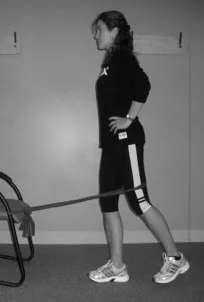
Hip-extension strengthening with band
Stand with your feet shoulder-width apart with a chair or sturdy post in front of your body. Loop a resistance band around the chair or post, as well as just above your opposite knee. Keeping your leg straight, move your leg backwards slowly against the resistance of the band using the muscles in your buttock and hip. Return to the original position.
Start with 1 set of 10 repetitions and increase to 3 sets of 15 repetitions.
Gluteal bridges
Gluteal bridges strengthen the glutes! Lie on your back with your arms at your sides, with your knees bent and feet flat on the floor. Lift your backside off the ground until you form a straight line from your shoulders to your knees. Push your heels into the ground, and feel your glutes stabilizing your body. Start with one set of 10, holding each lift for 5 secs. Increase the number of repetitions up to 15, with 10 sec holds for each leg.
Progression: Complete on a single leg.
Side leg lifts
Leg lifts target the side thigh and hip muscles. Lie on your side with your legs straight and stacked on top of each other. You can rest your head on top of your arm and put your opposite hand on your hip or the ground to help balance your body. Lift the top leg straight up as far as is comfortable and lower back down. Start with one set of 10 repetitions on each side, holding each lift for 15 secs. Increase the holding time as your strength increases.
Progression: incorporate a side plank with the leg lifts to improve trunk strength. Start with one set of 10 repetitions on each side, holding each lift for 15 secs. Increase the holding time as your strength increases.
Crab or Monster walk
The Crab or Monster walk are excellent ways to strengthen the glutes. When choosing a resistance band for these exercises, select one with enough tension so that you are fatigued within 8 steps.
For the Crab Walk, place the resistance band directly above the knees. Open the legs slightly wider than hip width apart and turn the feet outwards. Stretch the band by rotating the thighs outwards and keep the knees in line with your feet. Keeping the knees rotated outwards and tension on the band, lower yourself into a slight squat position; sticking your bottom out behind you as if you were about to sit down. Take a half step sideways against the resistance of the band. Make sure the other leg stays still, pushing out against the band. Complete 5 sets with 8 steps each.
For the Monster walk, place the resistance band around the ankles (higher up the leg will be easier). Step out wide so your feet are between hip-width and shoulder-width apart. Step forward and out to the side with one foot, then step forward and out to the side with the other foot. You want to take “monster” big steps, keeping your feet as wide apart as you can while moving forward. Then walk backwards in the same manner. Try not to rotate your hips while walking.
Progression: incorporate a squat as part of the walk. Complete 5 sets with 8 steps each.
Step down
Incorporating “step downs” into your exercise program will help strengthen the knees and improve stability and strength in your quads and hips. Start at 4 inches and increase to 8 inches. Start with one leg standing on the step and slowly bend your knee to lower your other leg to lightly touch floor. Keep all of your weight through the leg that is on the step. Start with one set of 10 repetitions, holding at the bottom of the step-down for 5 secs.
Progression: Increase the number of repetitions as your strength increases, up to 20 repetitions with 15 secs holds on each leg.

Step up
Stand in front of a stair or stepping stool and place one foot on the step in front of you. Rise up onto the step by shifting all of your weight onto this leg and tighten your thigh (quadriceps) muscles. Put all of your weight through this leg and do not step up onto the step with your other leg. Start with one set of 10, holding at the top of the step-up for 5 secs.
Increase up to 20 repetitions with 15 sec holds on each leg. Start with a 3″ step and increase to 8″ as you become stronger.
Download a copy of our “Anterior Knee Pain Rehabilitation Principles” for a more complete list of exercises.
Disclaimer: These exercises are meant as a guide only. Please consult with your Physician or Physiotherapist prior to engaging in any exercise program or if you are experiencing pain that persists for several weeks.
References
1. Ferber R, Kendall KD, Farr L. Changes in knee biomechanics after a hip-abductor strengthening protocol for runners with patellofemoral pain syndrome. Journal of athletic training. 2011;46(2):142-149.
2. Thomson C, Krouwel O, Kuisma R, Hebron C. The outcome of hip exercise in patellofemoral pain: A systematic review. Manual Therapy. 2016;26:1-30.
3. Nascimento LR, Teixeira-Salmela LF, Souza RB, Resende RA. Hip and Knee Strengthening Is More Effective Than Knee Strengthening Alone for Reducing Pain and Improving Activity in Individuals With Patellofemoral Pain: A Systematic Review With Meta-analysis. Journal of Orthopaedic & Sports Physical Therapy. 2018;48(1):19-31.

